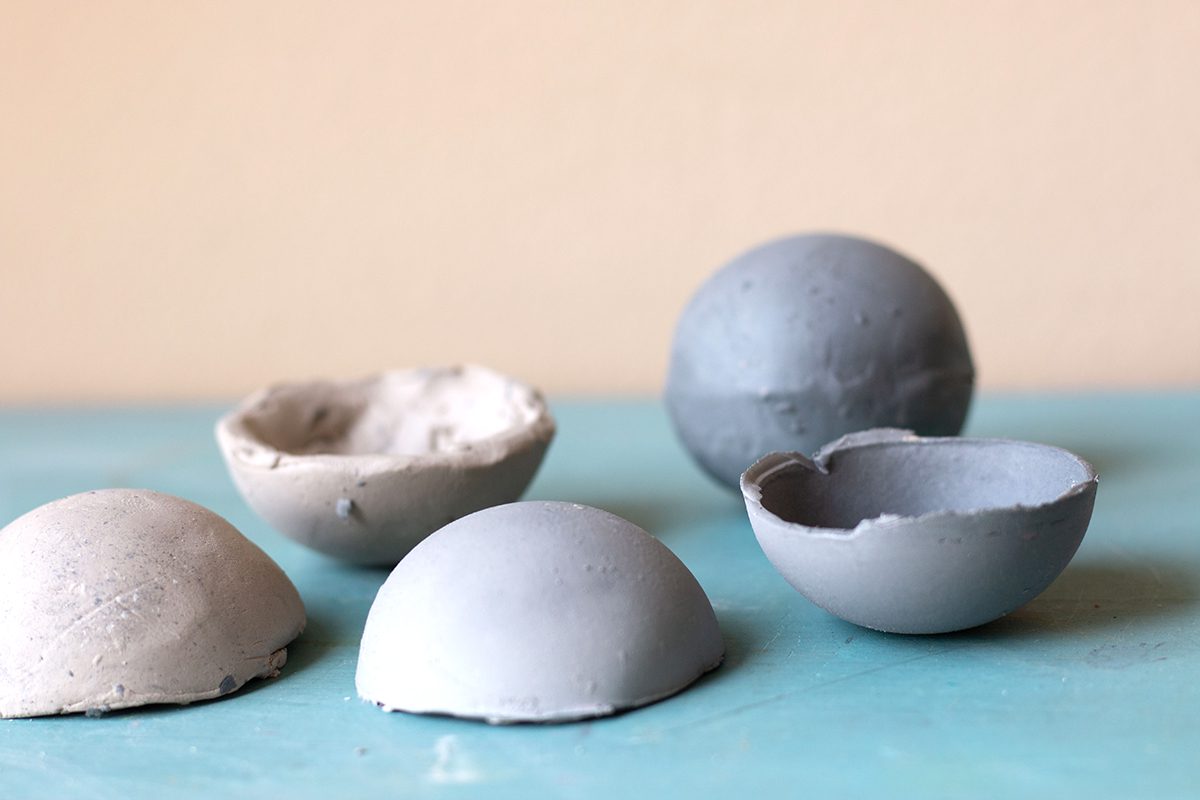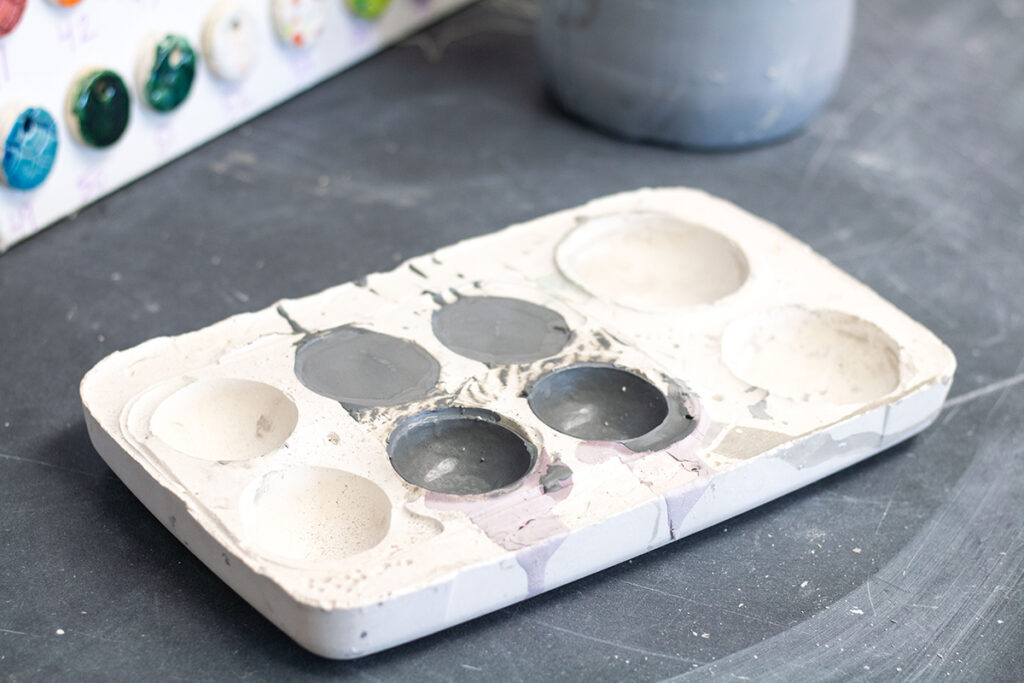Heading back to school stirs up varying emotions. There is excitement, nervousness, and even a little stress. With a new school year comes new challenges. Many of us are entering our classrooms for the first time in a couple of years. As you begin planning your curriculum and beginning of the year activities, you may be considering the skill gaps your students will have. There are likely many reasons for your student’s gaps. They attended multiple schools, switched mid-year, or spent the entire year learning remotely.
We can’t control what students learn or don’t learn before they step foot in our classroom. We can control how we teach and embrace the opportunities before us to make sure students grow and learn.
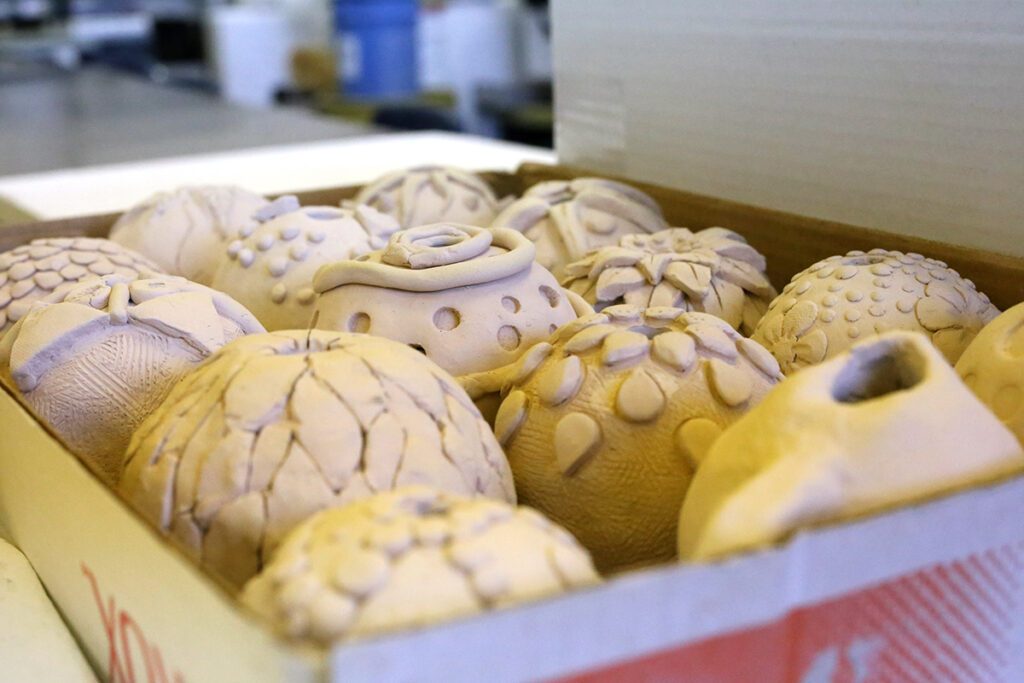
You could put in place various activities that serve as formative assessments. Consider activities that also foster creativity and allow for skill-building. Let’s take a look at a ceramic challenge that hits all these components.
The Mini Creative Sphere Challenge
This clay challenge assesses students’ ceramics knowledge, encourages creative strategies, and practices basic clay skill-building techniques. The challenge is to create both halves of a sphere and turn it into something new. Students might choose to attach their halves to make a full sphere. They might choose to leave them apart and take some creative liberties. Keep reading to get the full tutorial!
1. Make two halves of a sphere.
Students construct two halves of a sphere. It is best to keep these as small as a golf ball. Depending on your students’ skill level, you might scaffold this step by having them make two pinch pots. For more advanced students, let them decide how to make them. They might go back to concepts they have already learned or they can do some research on alternative methods.
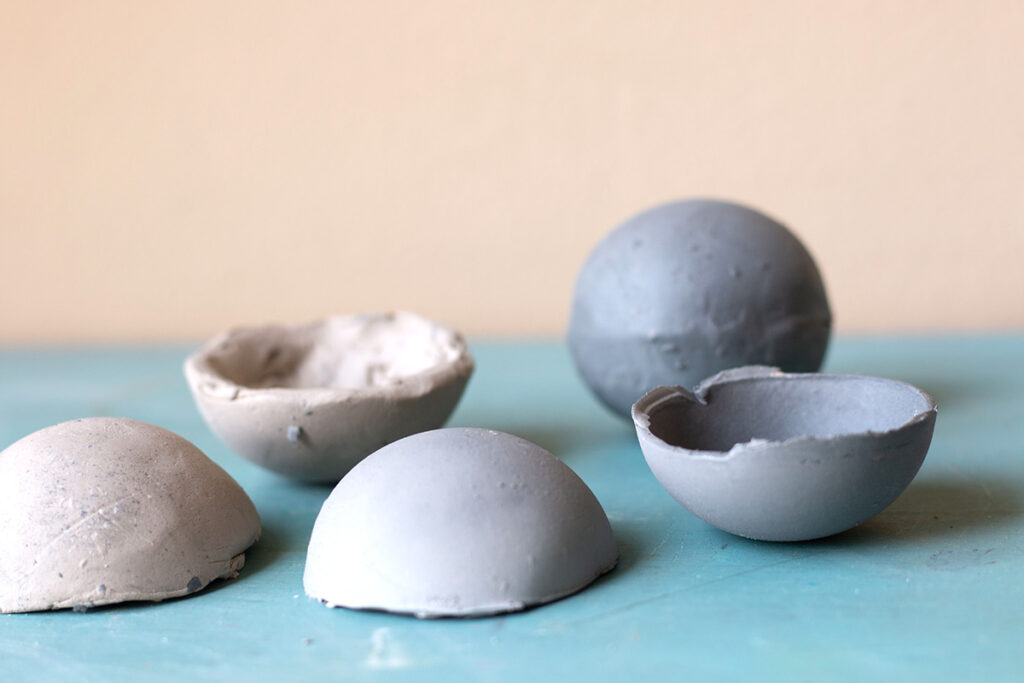
Introduce how to create two halves through slip casting. We often view slip casting as a more complex process. But, this single-part mold method can be the perfect way to show students how to make multiples.
Here are the steps to make sphere halves with slip casting:
- Create a single part plaster mold. Mix plaster and water in a small tub. Find a silicone mold to place into the plaster. These baking molds work great for this. It will take time for the plaster to set, so you might need to keep the mold weighted down until it begins to cure.
- After 24 hours, peel out the silicone mold and remove the plaster piece from the tub.
- Pour casting slips into the half spheres. For a thicker half, let the slip naturally absorb into the plaster. For a thinner half, after 5-10 minutes, dump the excess slip out.
- Let the casted clay halves sit overnight. Timing also depends on the temperature, humidity, and thickness of the clay.
To explore more ceramics techniques and how to integrate them into your curriculum, check out our Studio: Ceramics course.
2. Transform the halves into something new.
Once students create two halves, it’s time to transform them! During this step, students can review previous skills and practice new ones. Use this time as an opportunity to see what your students know! Encourage students to add details to their mini spheres with additive and subtractive designs. Because these pieces are small and easy to replicate, it is a great time for students to take risks. Prompt students to create something unique that no one else in the class will think of. Frame the challenge as an informal contest to stimulate ambition and innovation!
3. View the completed pieces in an informal walkabout.
After the class completes the pieces, provide a chance for the students to see all the creations. Have students walk about the room and interpret the challenges faced in the project. You may find that the class has constructed many of the same creations. This is a good opportunity to discuss originality and push students outside of their comfort zone.
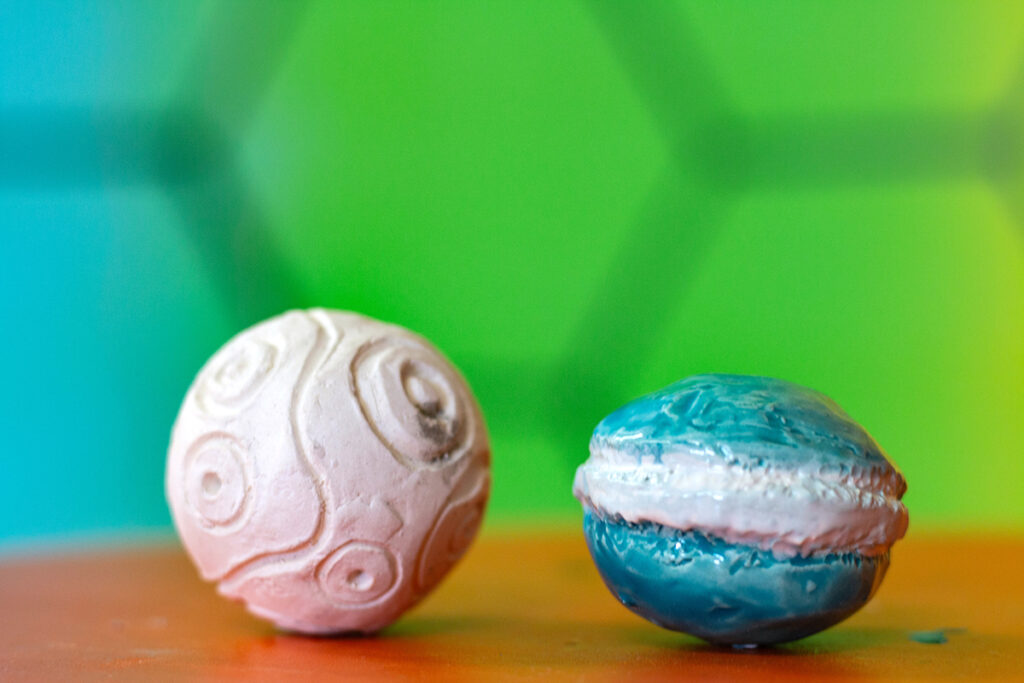
4. Let students decide how to finish their creations.
In a mini activity like this, students might only spend a class period or two creating. As a result, they may not want to fire their piece. Likewise, you might not want to do a full-blown firing for a quick challenge. But, you may have students anxious to glaze their piece and fire it. If you are up for doing a firing, give your students a choice! For students who are not excited about their final piece and do not want to glaze it, push them to develop a more creative solution that they like better.
When participating in a low-stakes creative activity like these mini spheres—everyone wins! Tailor this activity for both advanced and novice ceramic students. Whether students like their final product, many exciting things are happening to build engagement. Students have the opportunity to use clay and explore a new technique of slip casting. Students also get to transform their artwork into something unique without pressure.
Nick Gehl discusses the importance of fostering creativity through a creativity routine. A creative routine builds creative muscles. This keeps students from “getting sore” in their creativity. If you are looking for a new way to nurture creativity and provide skill-building this fall, we hope you give the mini sphere challenge a try!
What are your favorite creative skill-building activities or challenges?
How do you introduce slip casting to your students?
Magazine articles and podcasts are opinions of professional education contributors and do not necessarily represent the position of the Art of Education University (AOEU) or its academic offerings. Contributors use terms in the way they are most often talked about in the scope of their educational experiences.
